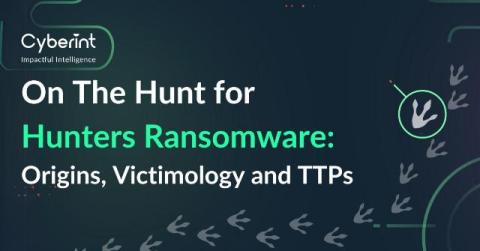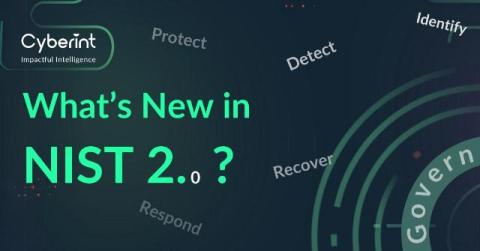The Vision Leading to Check Point's Acquisition of Cyberint
The cyber threat landscape is complex and includes many vectors of attack. Organizations face critical security challenges every day, such as stolen employee credentials, fake websites, and social media impersonation. Taking a binary point of view, those threats can be divided into two simplistic dimensions: external and internal. According to the 2023 Verizon DBIR, the external threats consume 83% of the total threats.







